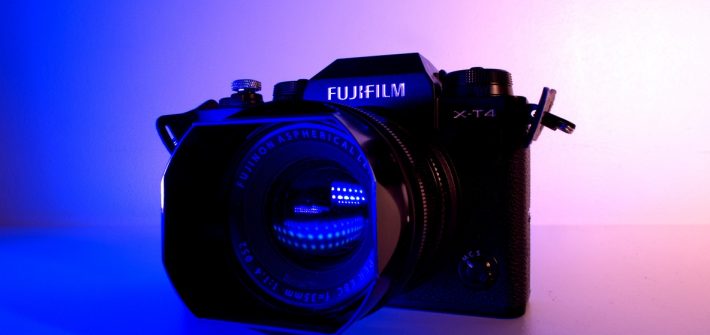We usually see a photograph as a solitary work, a passing moment in time captured to be examined on its own. However, creating a coherent story through a body of work can lift your photography up to a new level.
![]()

When we start out as photographers, there are so many rules to follow and so many techniques to be applied. So, where do you start? What rules do you follow and what do you avoid? In his new video, Mads Peter Iversen tells you what to avoid and what considerations to make when framing your sho, capturing the image, and post-processing.

Being a photographer in the digital age is a double-edged sword. On one hand, we have an endless resource of articles, videos, and experts right at our fingertips. It’s truly a golden age for education, and a motivated person can go from an absolute novice to an expert almost completely on their own. But at the same time, we are more exposed than ever before, and as photographers, posting our work online means opening ourselves up to a sea of criticism — both good and bad.

I picked up a Fujifilm X-T4 about five months ago to use primarily as a backup camera and for street photography, video, and family use. Although I shoot with a Canon system in my studio, I fell in love with Fuji’s cameras years ago when I acquired an X-Pro1 and a few X lenses. In this article, I offer a friendly critique and some suggestions for Fuji to improve an already great camera system.

The drive south from Akureyri had been eventful, to say the least, but the snow subsided and we managed to stop briefly and get some minimal shots every now and again. As color began once again to show in the landscape we began to feel more hopeful as we headed towards Vestrahorn.